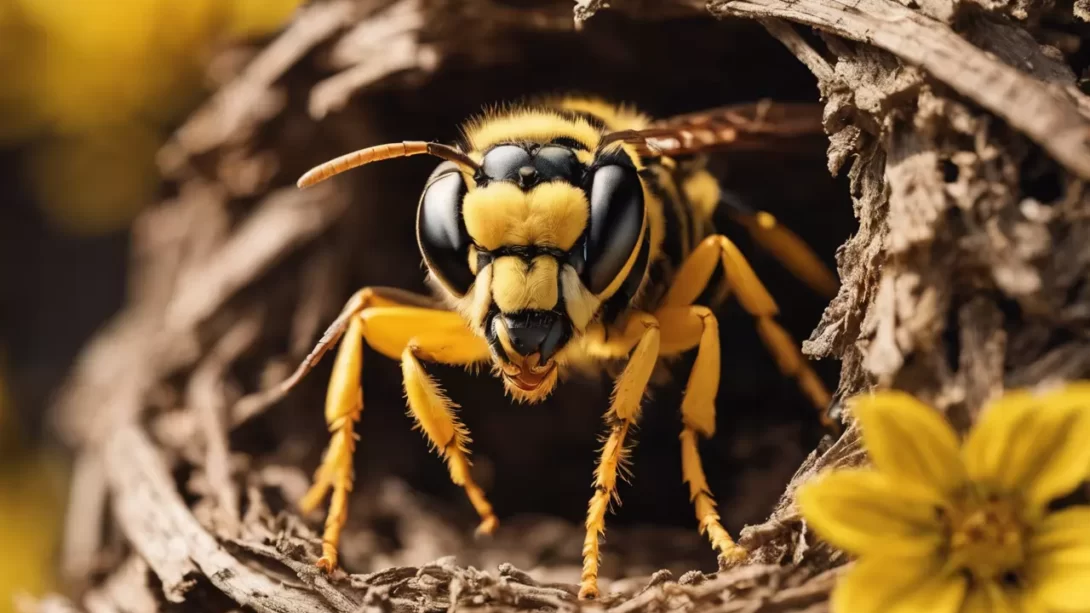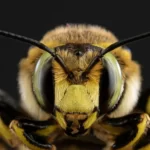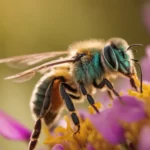Yellow jackets, a type of wasp, are known for their aggressive behavior and painful stings. Understanding their nesting habits is crucial for gardeners and homeowners, particularly in late summer when these insects become more active. Locating a yellow jacket nest is the first step in managing their presence and ensuring safety in your outdoor spaces. This guide provides insights into finding a yellow jacket nest, helping you take appropriate action.
Identifying Yellow Jacket Activity
Identifying the presence of yellow jackets in your garden is key. Look for small, flying insects with a distinct yellow and black pattern. Unlike bees, yellow jackets have a slender body and a more defined waist. They are often seen hovering near food sources or their nest entrance. It’s important to distinguish them from bees, which are generally less aggressive and play a crucial role in pollination. If you’re seeing an unusual number of these insects, it’s a strong indicator of a nearby nest.
Common Nesting Sites
Yellow jackets typically build their nests in sheltered spots with easy access to the outdoors. Common locations include underground cavities, such as old rodent burrows, as well as voids in walls, attics, or eaves of buildings. They may also nest in thick bushes or low-lying shrubs. The choice of nesting site can be influenced by environmental factors like moisture, light, and temperature. Understanding these preferred habitats can narrow down your search for their nest.
Inspection Techniques
When inspecting for yellow jacket nests, prioritize safety. It’s best to conduct searches during cooler times of the day, like early morning or evening, when these insects are less active. Wear protective clothing, including long sleeves, pants, gloves, and a hat. Consider using a flashlight for examining dark areas, but be cautious as light can agitate yellow jackets.
Start by examining potential nesting sites. Look for small entrance holes in the ground, particularly in sunny areas of your garden. Check walls, eaves, and attics for cracks or crevices that could serve as entry points. Be observant but maintain a safe distance to minimize the risk of stings.
Tracking Yellow Jackets
One effective way to locate a nest is by observing yellow jacket flight patterns. Watch their movement from a safe distance, ideally using binoculars. Yellow jackets typically fly directly to and from their nest, providing a visual guide to its location. This method requires patience and careful observation.
Start by placing a sweet bait, like sugar water, at a safe distance from your house. Once yellow jackets are attracted to the bait, observe their flight path. They will often return directly to their nest after feeding. This can help you narrow down the search area. Remember, do not attempt to follow them too closely, as this increases the risk of an attack.
Safety Precautions
Dealing with yellow jackets requires caution due to their aggressive nature. If you’re allergic to stings or if the nest is in a difficult-to-reach area, it’s advisable to contact a professional pest control service. They have the expertise and equipment to handle nest removal safely.
If you choose to approach the nest, do so cautiously. Never block the nest entrance as this can provoke the yellow jackets. If you’re stung, retreat immediately and seek medical attention if you have allergic reactions. It’s always better to err on the side of caution when dealing with these potentially dangerous insects.
When to Call a Professional
There are situations when trying to locate or handle a yellow jacket nest yourself is not advisable. If the nest is large, located in a hard-to-reach area, or if you’re unsure about your ability to handle the situation safely, it’s time to call in professionals. Pest control experts have the necessary equipment and experience to deal with yellow jacket nests efficiently and safely. This is particularly important in public areas or when allergic individuals are present.
Conclusion
Finding a yellow jacket nest in your garden or property requires a careful and methodical approach. By identifying yellow jacket activity, understanding their common nesting sites, and following safe inspection and tracking techniques, you can pinpoint the location of a nest. Always prioritize safety, and don’t hesitate to call in professionals if the situation seems beyond your control. Handling yellow jacket nests cautiously not only ensures your safety but also helps maintain a balanced ecosystem in your garden.




